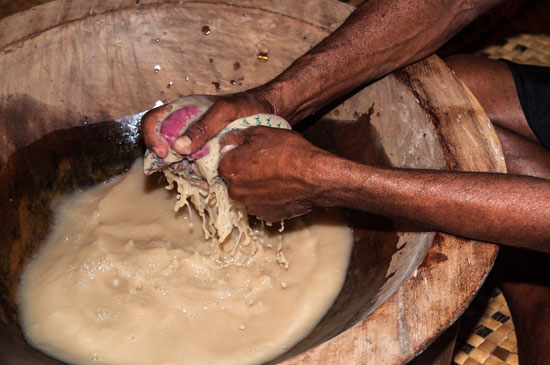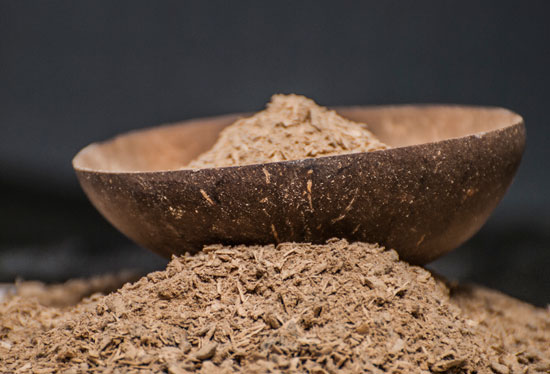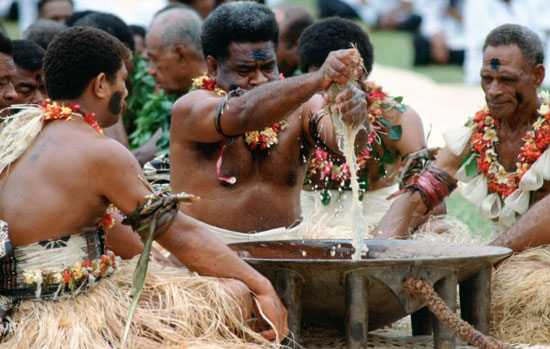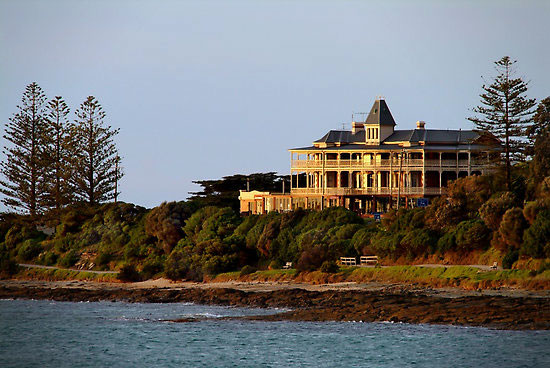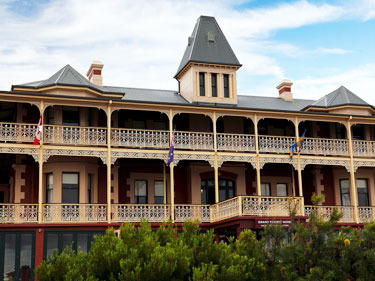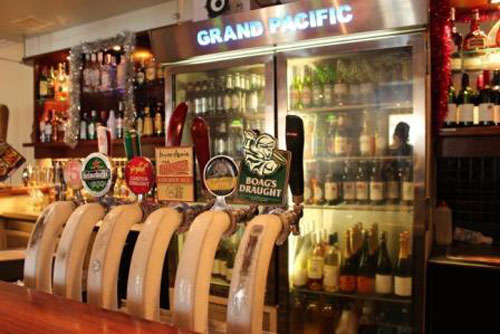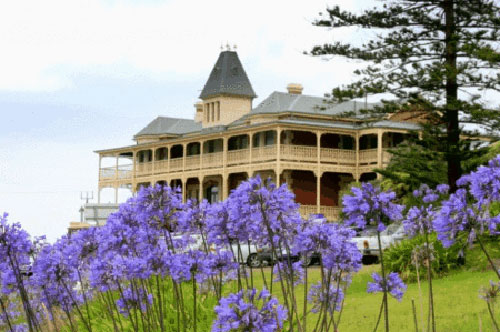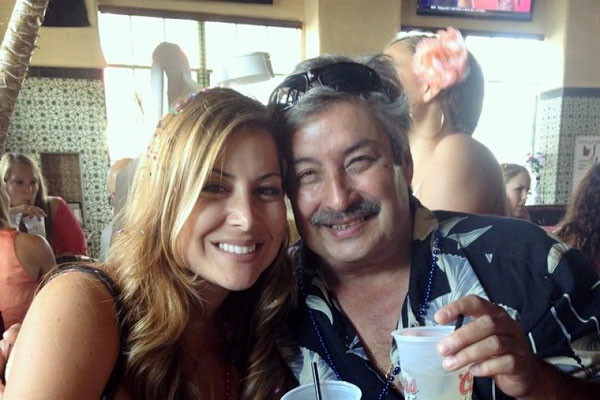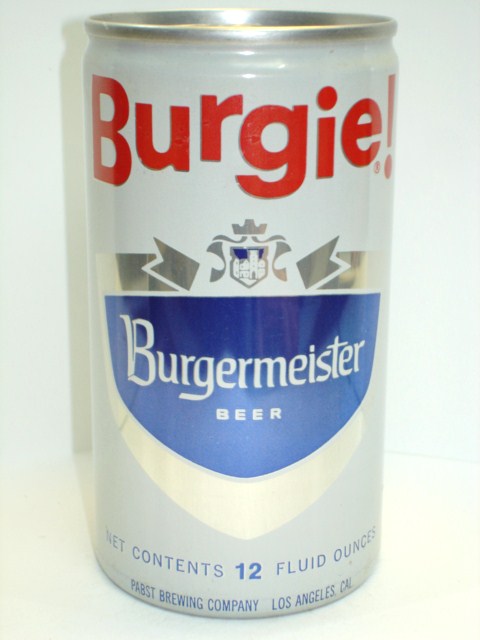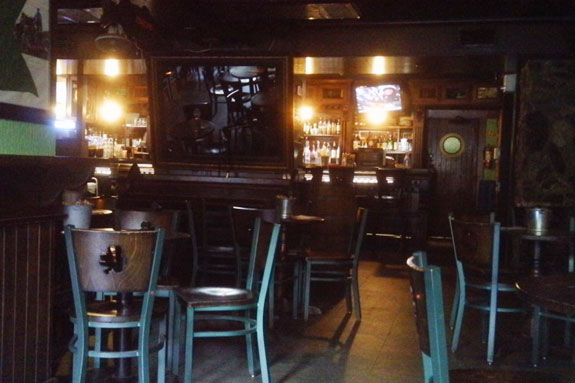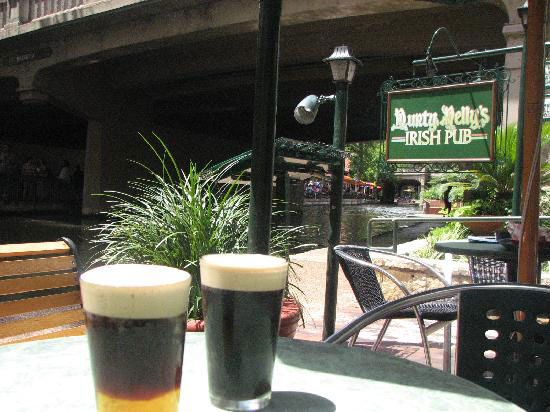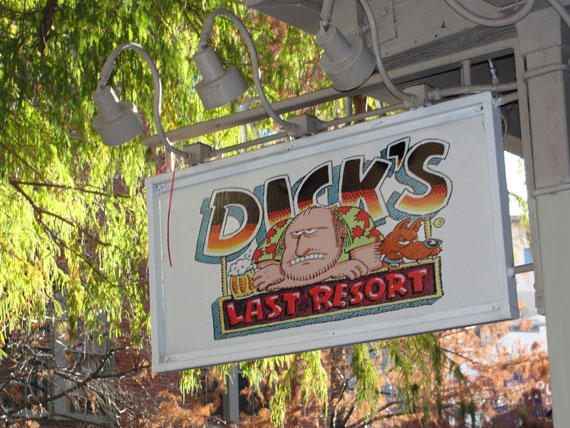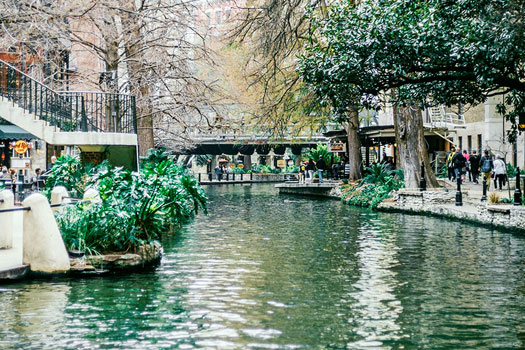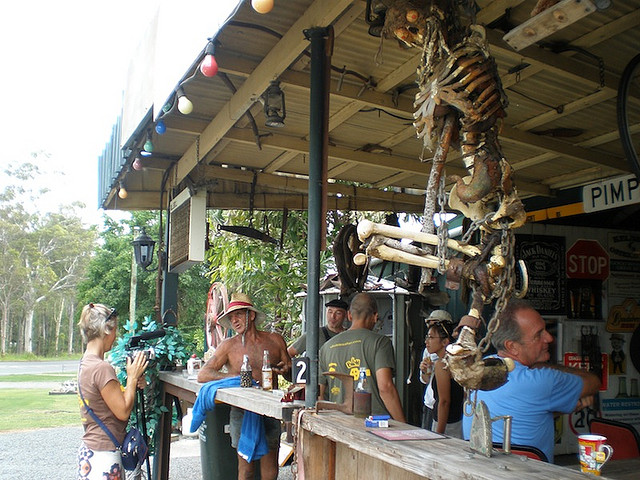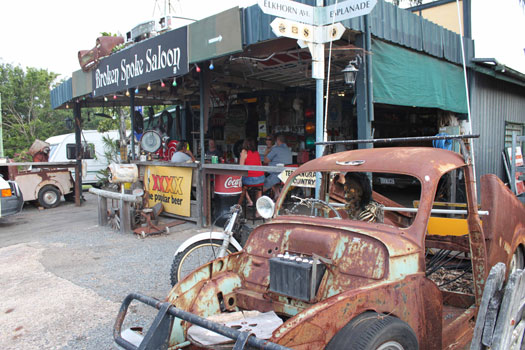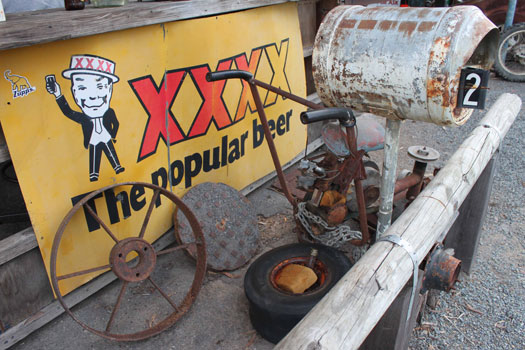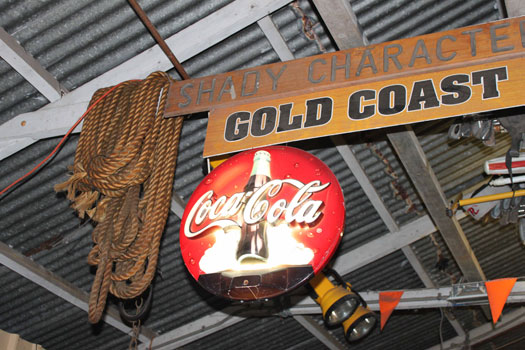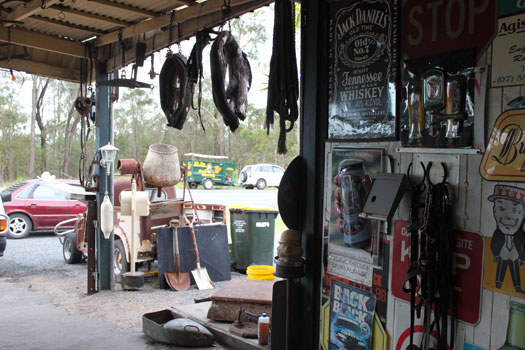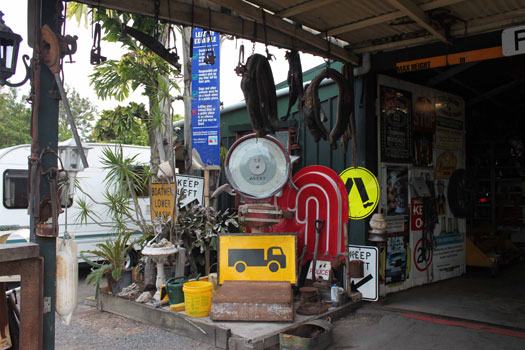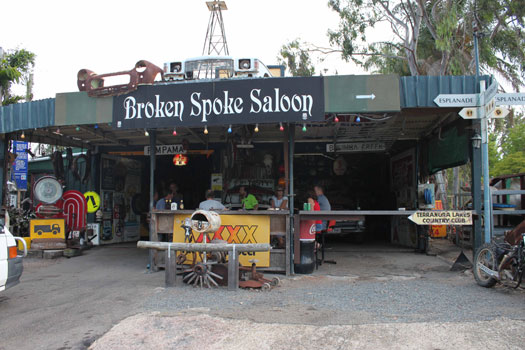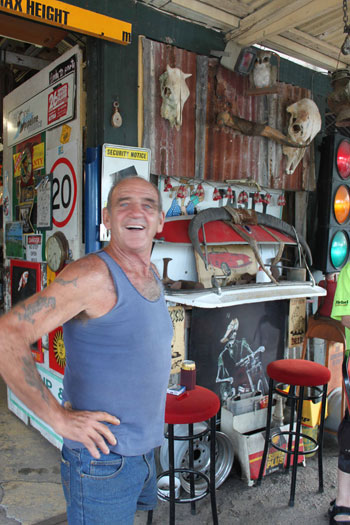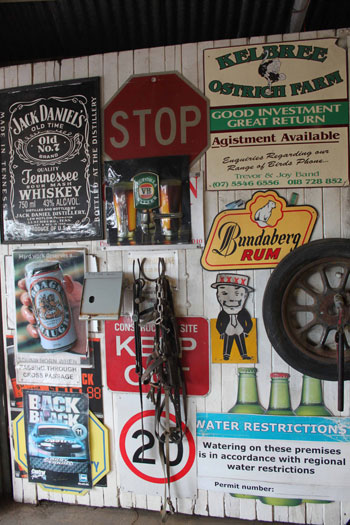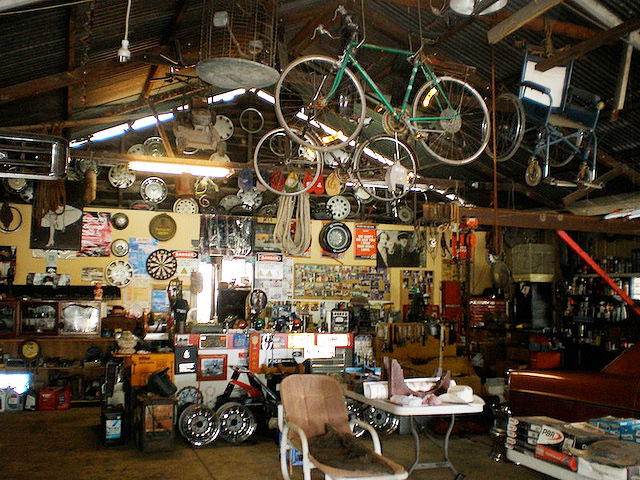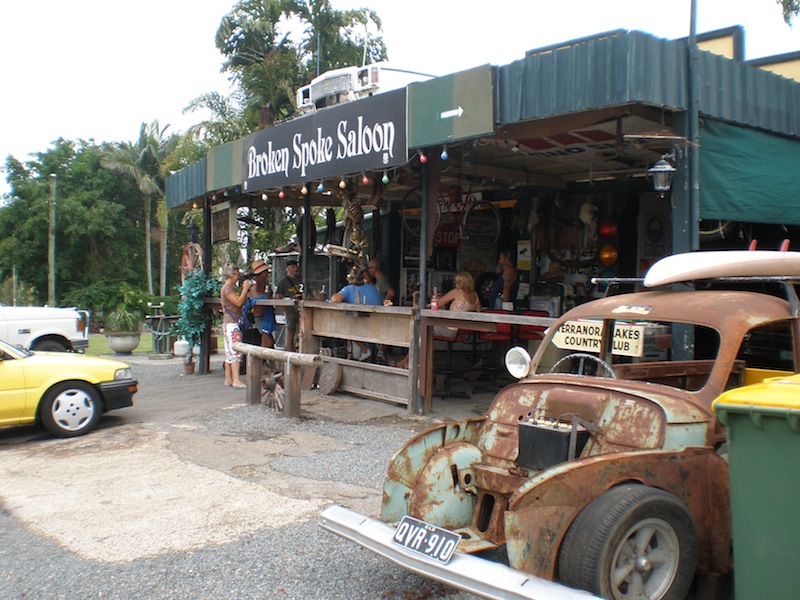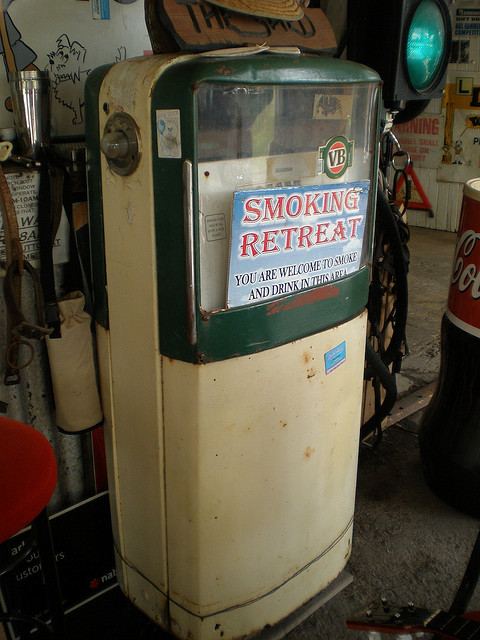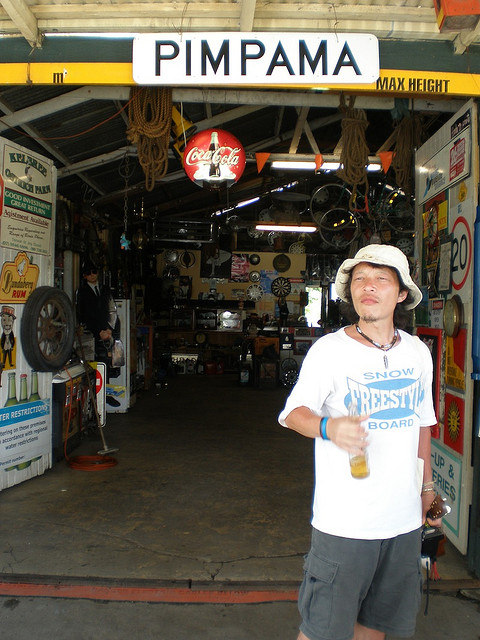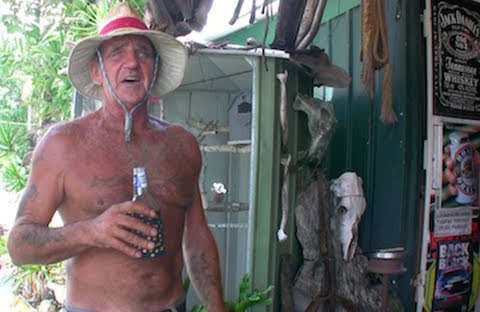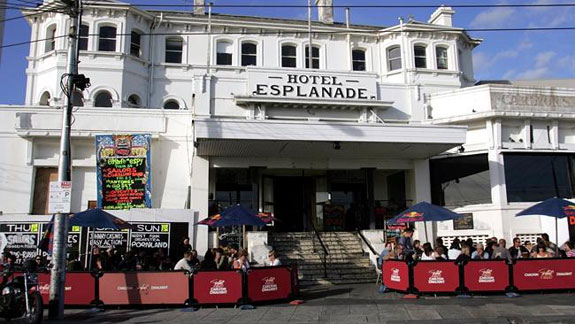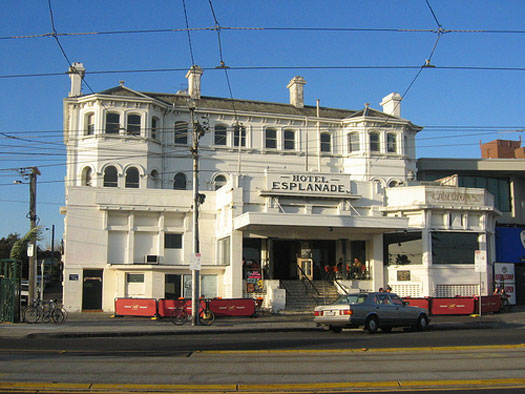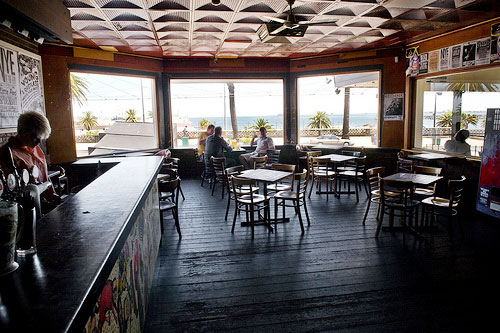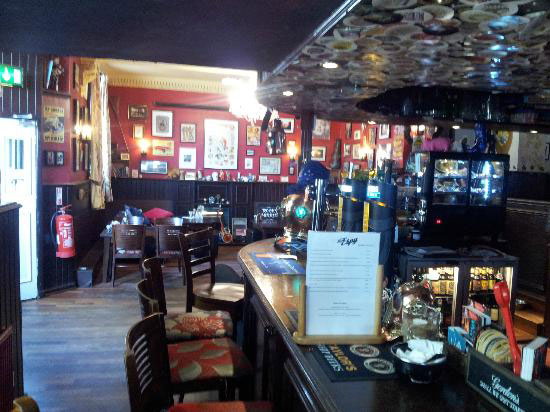Bula, Bula — Kava Ceremony
History of kava in Fiji
Kava or kava-kava is a pepper plant usually available in western Pacific region. In Fiji, kava is drunk as a traditional welcome drink at all the public and private occasions and events. While entering a Fijian village one must know about kava ceremony as the situation can be confusing otherwise.
Etiquettes Fijian kava ceremony
At the start of the ceremony of Fijian kava villagers grind the kava roots and strain the pulp in a large wooden bowl placed at the center of the room through a cloth bag. Then the kava is offered first to the head of the group and second to the village head but the village head drinks it prior to everyone else. Though kava is drunk by both the genders but men drink it before women.
During this ceremony you will be asked to opt from high tide or low tide i.e. full cup or half cup while serving you kava. When receiving the drink you should make a cup of your hands and clap once with a hollow sound and yell Bula before drinking the kava in a gulp. After drinking kava, you should say Mathe while clapping three times.
Kava is a plant found widely throughout the Pacific islands. Its use varies, from island to island. In some places it is part of a solemn ceremony. In others it’s consumed in the equivalent of bars. Wherever it is consumed, it is pounded, ground up, or chewed, and then soaked in water. People then drink the water by the bowlful over the course of an evening, and, given its effects, it’s not surprising to see why. While kava’s taste is described as both bitter and “dirt-like,” it gives the drinker a sense of calm and relaxation, and sometimes a sense of euphoria. It also has a host of other effects, one of which is bitterly disputed.
What causes the weird effects of kava?
Kava, once gulped down, goes to work on the body via about fifteen different compounds, known as kavalactones. These different compounds are present in different amounts, depending on the exact strain of kava, but the ones that are responsible for kava’s popularity are known as kavain and desmethoxyyangonin. Kavain induces a feeling of relaxation, like a sedative. Unlike a sedative, it doesn’t do so by knocking out the brain. Instead it’s a muscle relaxant, physically relaxing the body and letting the brain follow along. This leaves kava drinkers relaxed but alert. Desmethyoxyyangonin, meanwhile, increases dopamine in the brain, giving people a mild euphoric sensation. (Another kavalactone, yangonin, works the same brain channel as THC, and also contributes to the good feelings that people have while on kava.)
Kavain has a less-pleasant effect. It’s a topical anesthetic that numbs on contact. People gargle with kava for tooth aches, but mostly it’s a source of embarrassment for people who haven’t tasted kava before and attempt to talk after their first bowl. With their numbed mouths they like they’ve just had dental surgery. Kava consumed before a big meal might be a real problem, but few people feel like eating after kava. There’s a reason why most topical anesthetics aren’t swallowed. Kavain keeps numbing as it moves through the body, and people who swallow can experience extreme nausea as the anesthetic goes to work on their stomach. Habitual kava drinkers lose the nausea, eventually, but the numbing agent still works. Kava suppresses the appetite.
With all these effects – euphoria, relaxation, and appetite suppression – one would think that kava use would be much more widespread than it is. There’s a reason no one drinks a kava-n-kale smoothie to slim down. In the early 2000s, heavy kava drinkers in Europe and America started having liver problems. A study linked kava to liver damage and a few fatal poisonings. The drug dropped out of sight most places, and was banned entirely in Germany, Switzerland, and Canada. But does kava destroy the liver?
Like many scientific questions, there isn’t a definitive answer. Over the next few years, some researchers have poked holes in the original paper. Other studies, done on kava drinkers in the south Pacific, have noted that they don’t suffer from liver damage any more than any other population. Some speculate that certain kava exporters weren’t careful to only include the roots of the plant, and were grinding the toxic leaves and stems of the kava plant into their powders to increase the weight.
Today, kava seems to be making a comeback. It’s possible that kava drinkers are more careful. It’s possible that the health scare was unsubstantiated. And it’s possible that the idea of getting high without getting the munchies might be more valuable than a liver. …but enough with the Wiki, this post is about my introduction to a few bowls, a number of “Bula, Bulas” a lot of clapping and leaving Namuamua village feeling pretty good, although my entire mouth was completely numb.
A small boat took a couple of us up river to visit a Fijian village. Our guide and his son spoke little English, but told us that we were arriving the day after a night of celebration. Up along a trail from the river we entered the seemingly empty village and walked to a large ceremonial hut where we were to wait. I saw no one, only two dogs, both asleep and assumed they too must have partaken in the celebratory events the prior night, a feeling I very much understood. Slowly, the villagers arrived and everyone sat on the mats — the villagers at one facing the four of us, a large bowl in between. When the village chief finally arrived, the event began. I honestly don’t remember all that was said, but I believe everyone greeted us and he provided us with the basic rules to drinking Kava. I’m sure in his case it was a matter of ‘the hare that bit you’, or what’s the best cure for a hangover? — another drink! So the Kava ceremony began…
I’m not sure I followed etiquette, but little did I know at the time. I can say that I drank quite a few bowls, and never turned one down when one was offered. Initially, there was just a couple of us, including our boat guide and his son, but later a bus load of Italian tourists arrived, although I can’t recall any of them wanting to drink the dirty dish rag liquid being offered. I heard a number of sounds as the bowl was passed along, and while my Italian is pretty much limited to ordering pasta and wine, I can say that most were rather disgusted at the thought of drinking the concoction and rudely passed the offer.
Yes, I’ll have another, after you Village Chief, or is it King? … “Bula, Bula”!

